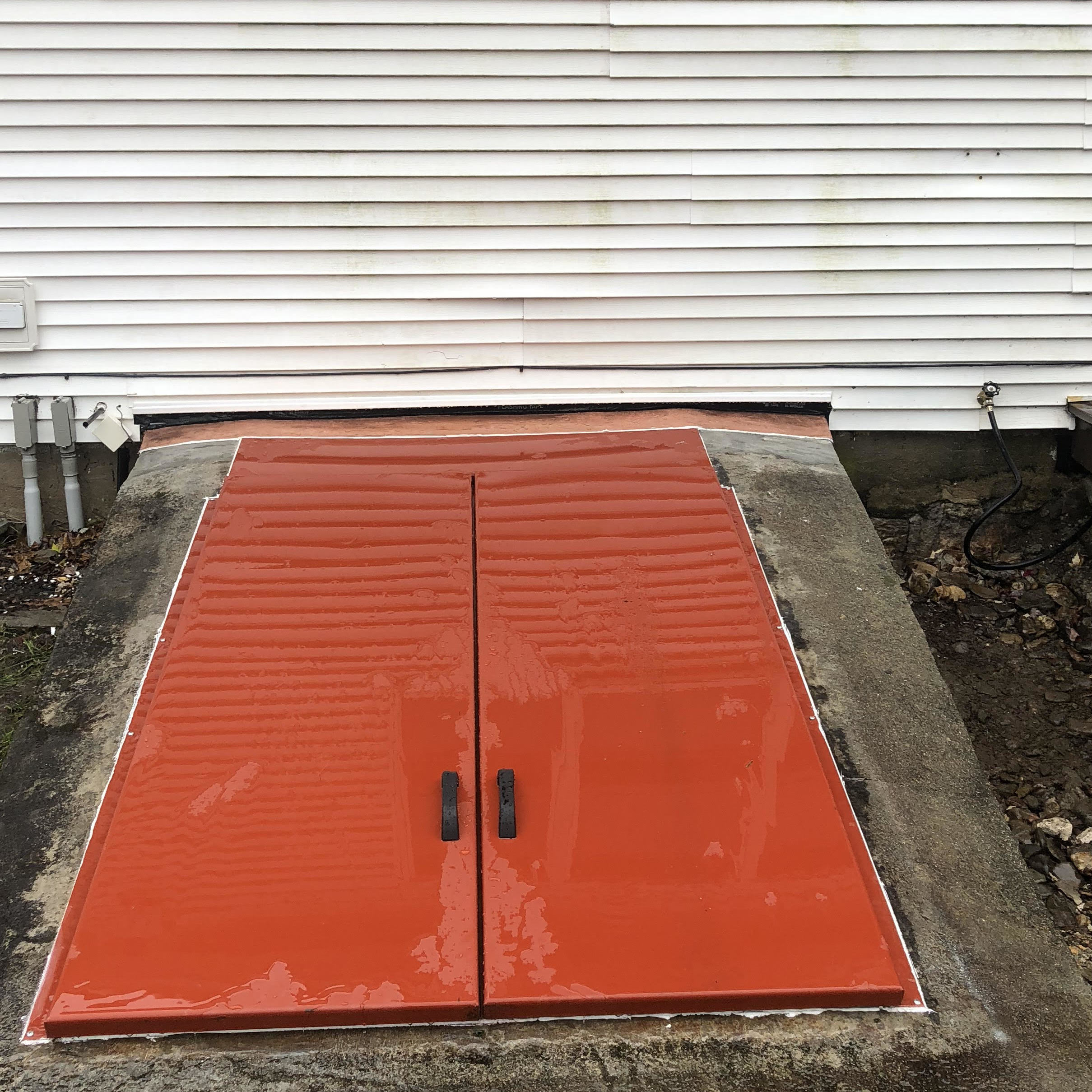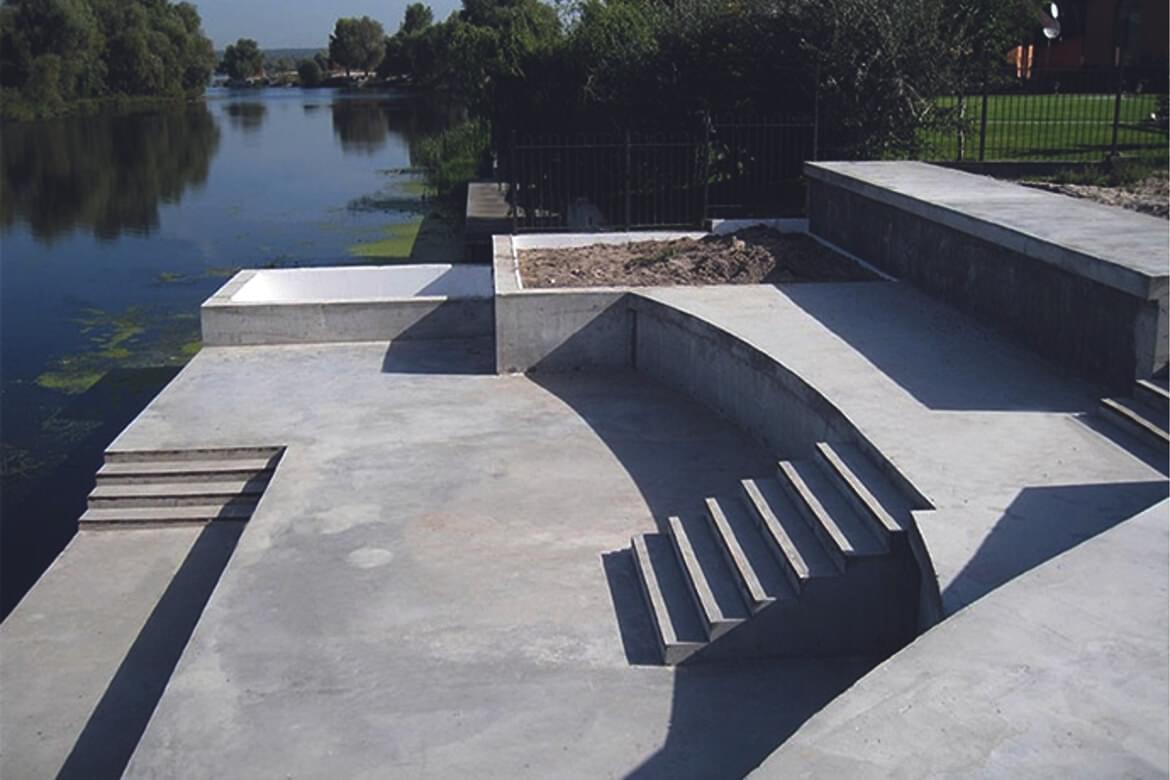Why a Sturdy Bulkhead Is Necessary for Coastal Property Security
A sturdy bulkhead plays an essential function in protecting coastal buildings from extreme ecological pressures. It acts as an obstacle against waves, stopping erosion and prospective damage to homes. Beyond its protective function, a sound bulkhead can improve the visual appeal and market price of a property. However, the performance of these frameworks counts on proper maintenance and adherence to regulations. Understanding these factors is necessary for any seaside home owner. What implications do these factors to consider have for lasting investments?
The Duty of Bulkheads in Coastal Protection
Bulkheads offer as essential structures in seaside defense, giving a barrier against the unrelenting pressures of waves and erosion. These upright frameworks, typically constructed from steel, timber, or concrete, are designed to absorb and reroute wave power, as a result guarding the coastline. By stopping the land from being overtaken by water, bulkheads play a critical function in maintaining the integrity of seaside residential or commercial properties. They are frequently used in areas where the coast is particularly prone, such as inlets, estuaries, and very created coastlines.
Beyond their protective function, bulkheads can additionally contribute to environment preservation, offering stability for nearby environments. They can sustain plant life that additional improves seaside durability. Nevertheless, the performance of a bulkhead counts on correct style and setup, tailored to specific ecological conditions. Inevitably, bulkheads are essential in the wider strategy of seaside monitoring, functioning as a frontline protection against the vibrant forces of nature.
Protecting Against Disintegration and Property Damage
Efficient coastal administration needs a diverse technique to preventing erosion and residential or commercial property damages. This entails utilizing strategies that combine all-natural and engineered services. Bulkheads act as a substantial obstacle against wave activity, efficiently decreasing the influence of tidal pressures on coastlines. By absorbing and deflecting power from inbound waves, bulkheads aid stabilize the land and protect against soil loss.

Area recognition and participation also play a crucial duty, as educated residents can take part in techniques that minimize human effect on coastal communities. Eventually, a complete approach that incorporates both infrastructure and all-natural systems is necessary to protecting seaside buildings from erosion and damages.
Enhancing Visual Allure and Property Worth
Coastal residential properties usually benefit substantially from enhancements that improve both visual allure and building value. A strong bulkhead not just offers a functional objective in safeguarding against disintegration but likewise adds to the overall visual attractiveness of a beachfront property. By giving a clean, specified border between land and water, a well-designed bulkhead can boost the landscape, complementing the all-natural elegance of the coast.
Furthermore, the presence of a high quality bulkhead can indicate to potential purchasers that the building is durable and well-maintained versus environmental obstacles. This assumption can lead to boosted market price, as purchasers usually focus on properties with durable protection versus seaside risks. Moreover, visually pleasing bulkheads can integrate products and layouts that straighten with regional architectural designs, better boosting the building's allure. Eventually, the financial investment in a sturdy bulkhead can yield substantial returns in both economic and visual elements for seaside residential property owners
Long-Term Cost Savings and Financial Investment Security
Investing in correct coastal property defense can cause substantial long-lasting cost financial savings. A durable bulkhead functions as an obstacle versus erosion and flooding, lowering the chance of expensive fixings and maintenance that can develop from environmental damages. By avoiding soil loss and securing structures, homeowner secure their financial investments, guaranteeing that the worth of their residential property continues to be secure or even appreciates gradually.
The preliminary financial investment in a durable bulkhead can generate financial advantages in the lengthy run, as insurance rates might lower due to diminished danger direct exposure. Features with effective seaside defenses are frequently extra attractive to purchasers, even more enhancing their marketability. Bulkhead on Lake Livingston. Inevitably, a well-constructed bulkhead not only fortifies the home against nature's aspects yet also strengthens an owner's economic this post standing, making it a wise option for those wanting to safeguard their coastal investments
Navigating Rules and Upkeep for Bulkheads
Just how can homeowner assure their bulkheads satisfy neighborhood policies and remain in ideal condition? Awareness of local legislations is essential, as bulkhead building and construction and maintenance often fall under particular zoning and environmental guidelines. Home proprietors should consult their city government or environmental companies to understand essential licenses and compliance needs. Routine assessments by qualified specialists can identify structural concerns and prospective Resources offenses before they rise.
Maintenance techniques, such as timely repair services and regular cleansings, are crucial for lengthening the bulkhead's life expectancy. Homeowner ought to likewise take into consideration seasonal weather impacts, ensuring that drain systems are clear and functional. Furthermore, utilizing resilient materials that hold up against severe seaside problems can protect against early degeneration. By continuing to be aggressive and informed concerning laws and upkeep, homeowner will certainly improve the efficiency of their bulkheads, guaranteeing coastal protection while adhering to lawful criteria.
Often Asked Questions
Exactly How Do Bulkheads Effect Local Wildlife Habitats?
Bulkheads can considerably modify regional wild animals habitats by restricting all-natural coastlines, interrupting debris flow, and restricting access to feeding and breeding locations for numerous types, potentially causing lessened biodiversity and environment wellness in coastal areas.
What Materials Are Best for Creating a Bulkhead?

Can I Construct a Bulkhead Without a Permit?
In lots of jurisdictions, constructing a bulkhead without a permit is prohibited. Rules usually call for permits to assure compliance with ecological standards and regional zoning laws, making it vital to consult neighborhood authorities before proceeding.
How much time Does a Bulkhead Usually Last?
A bulkhead commonly lasts between 30 to half a century, depending upon materials, ecological problems, and upkeep. Regular examinations and timely repairs can extend its life expectancy, guaranteeing continued efficiency in safeguarding seaside properties from erosion and damages.
What Are the Indications of a Failing Bulkhead?


Indications of a failing bulkhead include visible fractures or warping, dirt erosion behind the framework, too much water pooling, tilting or leaning, and rust or degeneration in wooden parts, indicating structural compromise and prospective failing. (Bulkhead on Lake Livingston)
A strong bulkhead plays a crucial function in protecting coastal properties from rough ecological pressures. By avoiding the land from being surpassed by water, bulkheads play a critical function in maintaining the stability of coastal homes. A tough bulkhead not just serves a practical purpose in protecting against disintegration however also adds to the total visual beauty of a beachfront property. Furthermore, the existence of a quality bulkhead can signal to prospective purchasers that the property is well-maintained and resilient versus environmental obstacles. Just how can residential or commercial property proprietors guarantee their bulkheads satisfy local policies and continue to be in excellent condition?